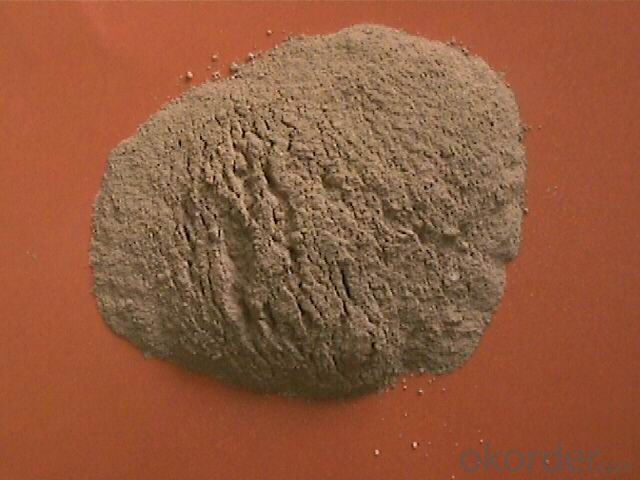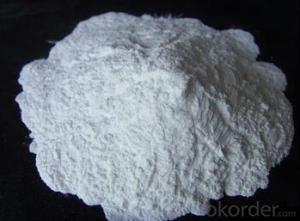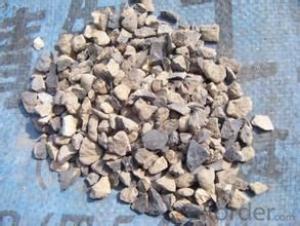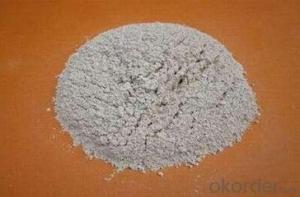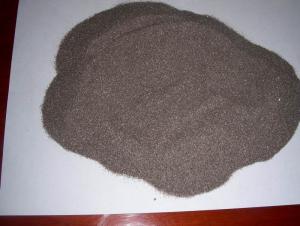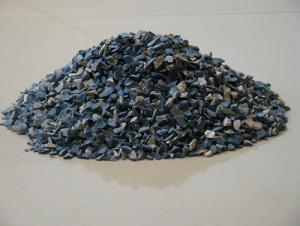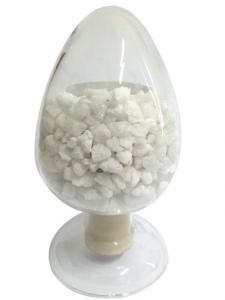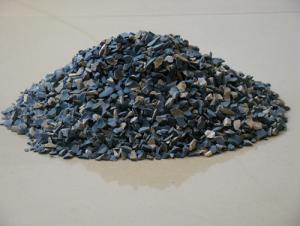Raw Materials for Refractory - Bauxite for Sale / Bauxite Seller / Sell Bauxite Ore
- Loading Port:
- China main port
- Payment Terms:
- TT OR LC
- Min Order Qty:
- 25 m.t.
- Supply Capability:
- 2000 m.t./month
OKorder Service Pledge
OKorder Financial Service
You Might Also Like
bauxite for sale/bauxite buyer/sell bauxite ore
Discription:
Calcined bauxite is one of the principal ore of aluminum.
Calcined bauxite contains hydrous aluminum oxides and aluminum hydroxides, formed through the laterization of aluminous rocks in tropical and subtropical areas.
calcined bauxite is obtained by calcining (heating)superior grade bauxite at high temperature (from 85OC to 1600C).
this removes moisture thereby increasing the alumina content.
compared to an alumina content of about 57%to 58%in raw bauxite, calcined bauxite has an alumina content of 84%to88%.
the heating is carried out in rotary kilns.
Chemical Specification:
Grade | AL2O3 | FE2O3 | TIO2 | K2O+Na2O | CaO+MgO | Bulk density |
75 | 75min | ≤3.0 | ≤4.0 | ≤0.3 | ≤0.5 | ≥2.70 |
80 | 80min | ≤3.0 | ≤4.0 | ≤0.3 | ≤0.5 | ≥2.80 |
85 | 85min | ≤2 | ≤4.0 | ≤0.3 | ≤0.5 | ≥3.00 |
86 | 86min | ≤2 | ≤4.0 | ≤0.3 | ≤0.5 | ≥3.10 |
87 | 87min | ≤2 | ≤4.0 | ≤0.3 | ≤0.5 | ≥3.20 |
88 | 88min | ≤1.8 | ≤4.0 | ≤0.25 | ≤0.5 | ≥3.25 |
90 | 90min | ≤1.8 | ≤4.0 | ≤0.25 | ≤0.5 | ≥3.30 |
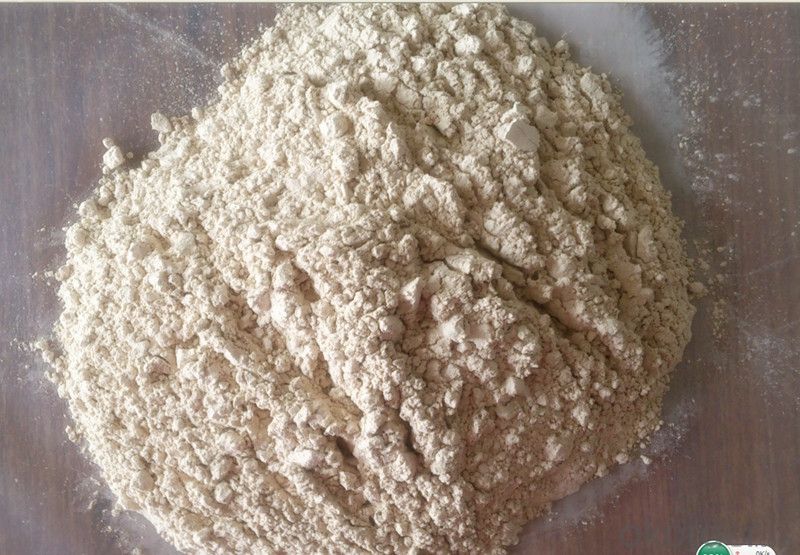
- Q: How many kinds of fireproof materials are there in the market?
- I wonder that how many kinds of fireproof materials are there? Does anyone know about it, please tell me, thanks
- Q: What are the applications of refractory in petroleum?
- Petroleum industrial furnace has many varieties. Generally, it includes tubular with complex structure, whose use temperature is generally 500 to 600 degrees centigrade, sometimes may be 800 degrees centigrade. Petroleum gas contains hydrogen sulfide and solid particulate matter; first correct the answer of the first floor: It is not used in petroleum industry. As shown in the left picture, it is tubular heating furnace, appilied to metallurgical industry. Lined with lightweight insulation and wear-resistant layers, and resistant to wear and corrosion: 1; & nbsp, but the using temperature is not high; it is a thermal equipment in the oil refining process. High alumina refractory castable used for refractory layer. It is an important equipment of petroleum boiling catalysis and dissociation. You can choose light refractory bricks or refractory?castables; as shown in the right picture, it is catalytic cracking unit, and can bear pressure. Note; & nbsp: // f; & nbsp.hiphotos, fire-resistant plastic or refractory ramming mass has chemical corrosion and wear effect on lining; & nbsp, less than 1,350 degrees centigrade. The yse temperatures is up to 1,100 degrees centigrade.
- Q: what's the fireproof levels of fireproof and thermal inuslation matertial?
- 1, organic materials: B level material is flammable, B1 level material is flame retardant. 2, inorganic materials: Grade A flame-resistant materials are divided into three classes and two kinds of materials.
- Q: whether the fire resistant level of aerated concrete building blocks can reach the grade one?
- the fire resistant level of aerated concrete building blocks can reach the grade one level. Aerated concrete strength grade shall be divided according to the concrete cubic compressive strength value. Use the symbol C and the cube compressive strength value (in N / mm2 or MPa gauge) to express. According to GB50010-2002 "concrete structure design specifications" provisions, ordinary concrete is divided into fourteen levels, namely: C15, C20, C25, C30, C35, C40, C45, C50, C55, C60, C65, C70, C75, C80 .
- Q: What are the characteristics of magnesium fireproof plate
- Plate glass magnesium fire with high temperatures, flame retardant, sound absorption, shock-proof, pest control, anti-corrosion, non-toxic tasteless non-polluting, can be used directly on the painting, direct veneers, available gas nail directly on the tile, the surface has good coloring , high strength, resistance to bending toughness, nails, saw, can be sticky, easy decoration. It can also be made into thermal insulation materials with a variety of compround composite insulation plate.
- Q: What defect does fused cast refractories have ?
- In glass production, in addition to refractory as a building material and consider its durability, we still must attach great importance to its influence on glass quality. In such cases, the impact on the quality of glass is mainly the defects that eroded down refractory materials mixed in the glass, thus being prodeced of grass products. Defects are mainly foreign body defects such as sand, knot and wave reinforcement. What may directly affect the quality of glass are the wall brick and brick kiln bottom.
- Q: What is refractory cement?
- How to use exactly refractory cement? Someone professional advised me to buy this cement. Does it differ a lot from common cement? Is refractory cement expensive?
- Q: Who knows the fire endurance of rock wool color plate?
- I'm glad to answer your question and offer you some of my experiences, for reference only. In fire?safety?rules, it can be divided into non-combustible component, hard-combustible component, combustible component according to the combustible degree of building materials. Rock wool board is building board recombinated artificially by fibers processed by coated steels and inorganic minerals like basalt mineral, because steel plate and rock wool which is the main components are non-combustible material, so rock wool board should be considered as non-combustible component. The fire endurance of rock wool board has its own judging criteria. Lose sustaining power, integrity and fire insulation function. Its fire endurance is within 2 hours.
Send your message to us
Raw Materials for Refractory - Bauxite for Sale / Bauxite Seller / Sell Bauxite Ore
- Loading Port:
- China main port
- Payment Terms:
- TT OR LC
- Min Order Qty:
- 25 m.t.
- Supply Capability:
- 2000 m.t./month
OKorder Service Pledge
OKorder Financial Service
Similar products
Hot products
Hot Searches
Related keywords


